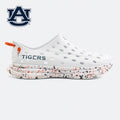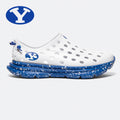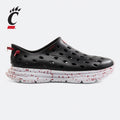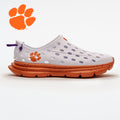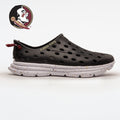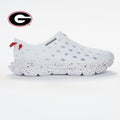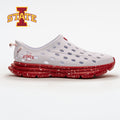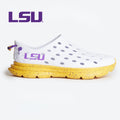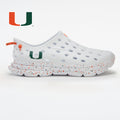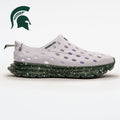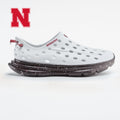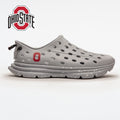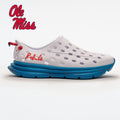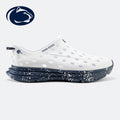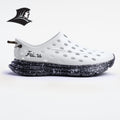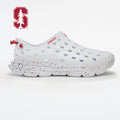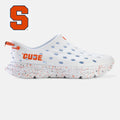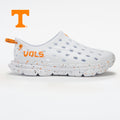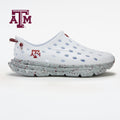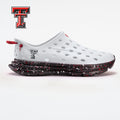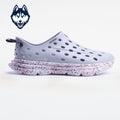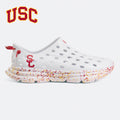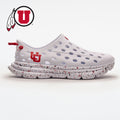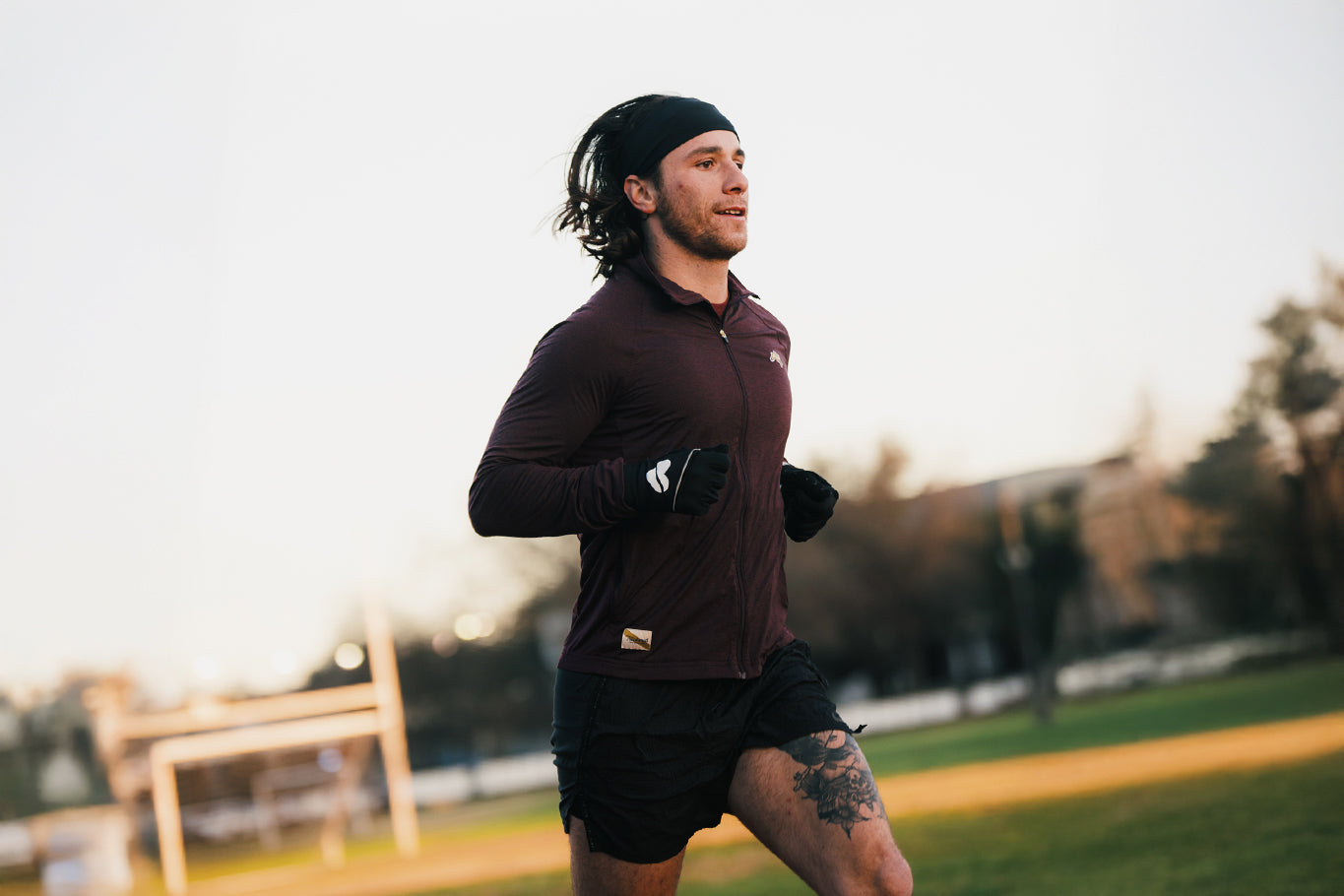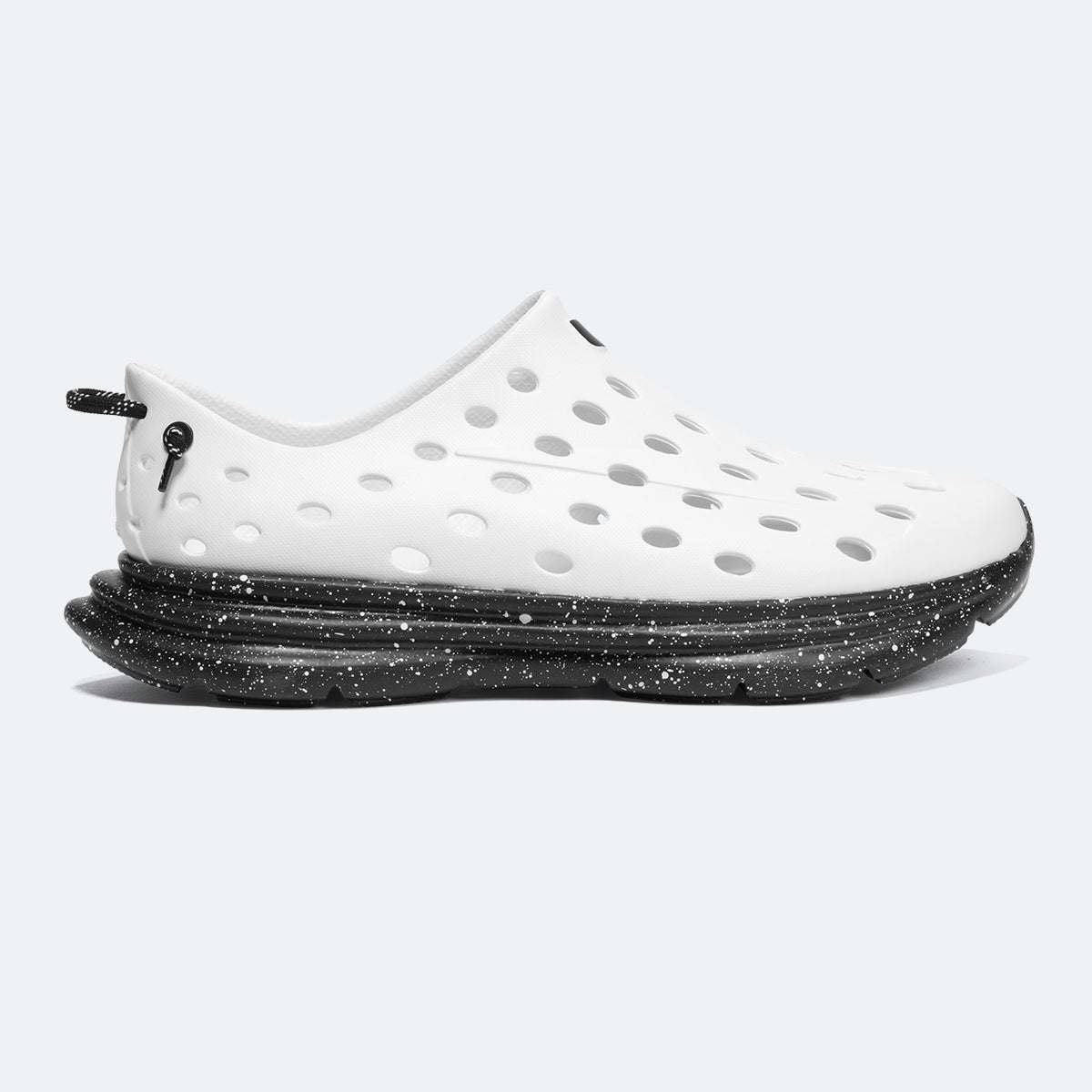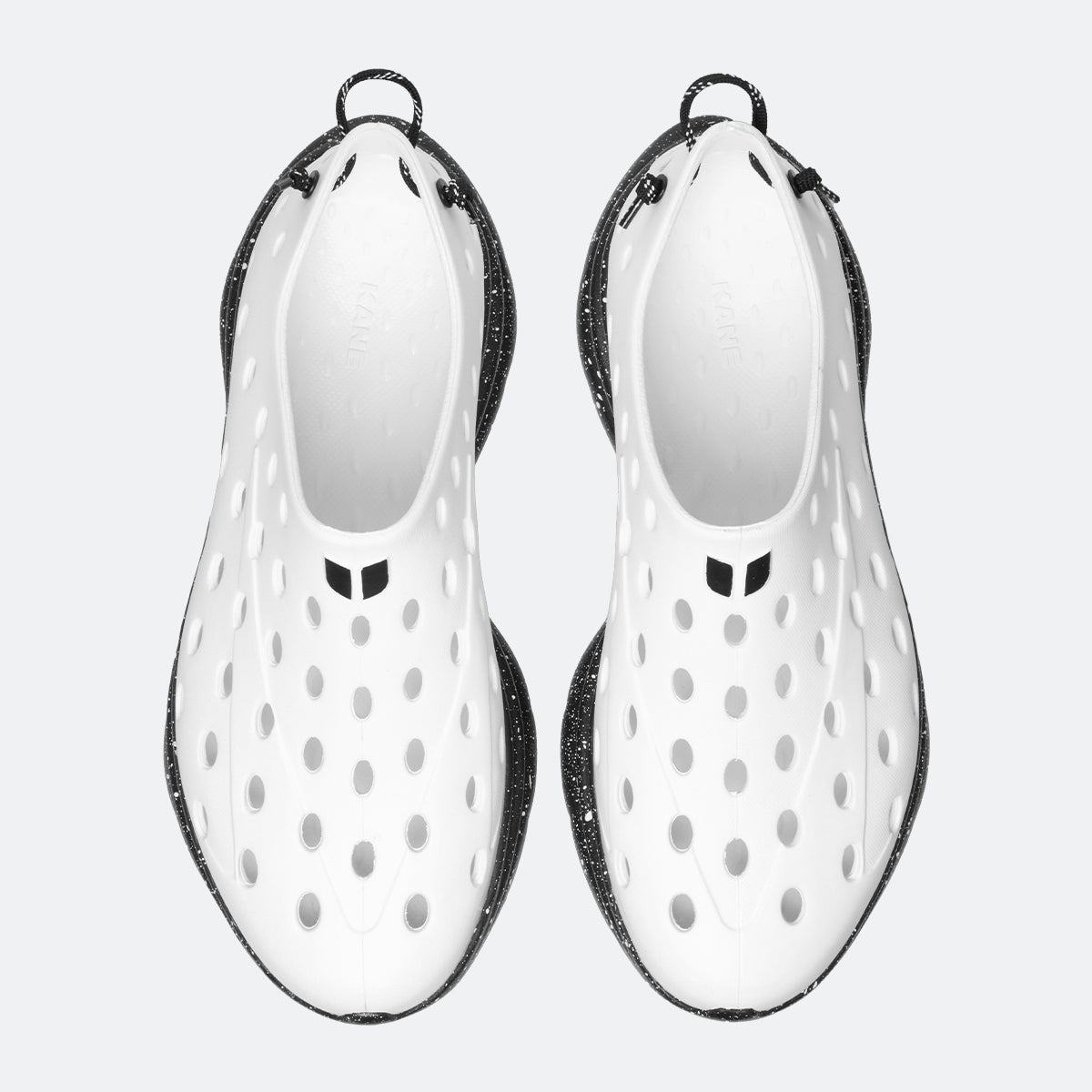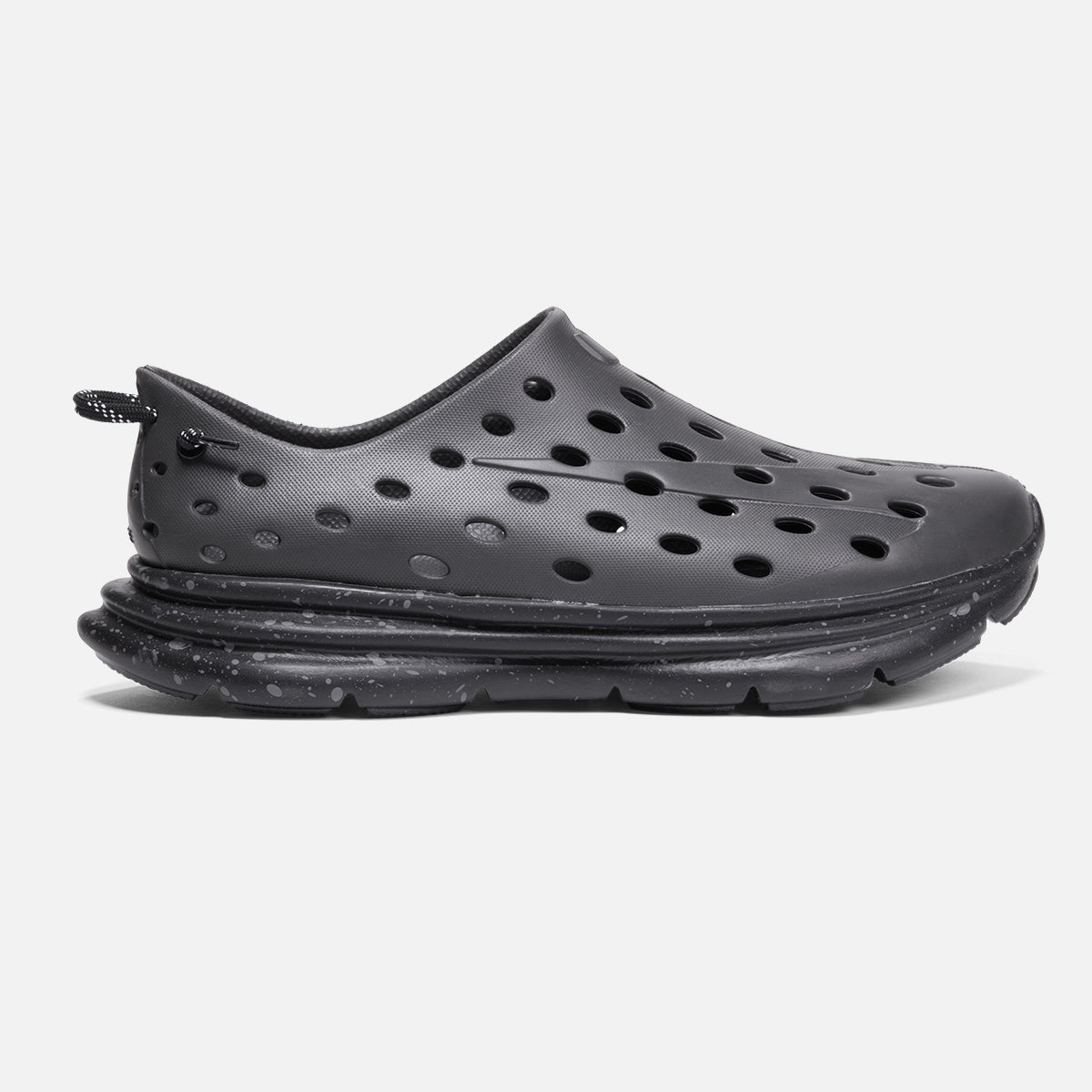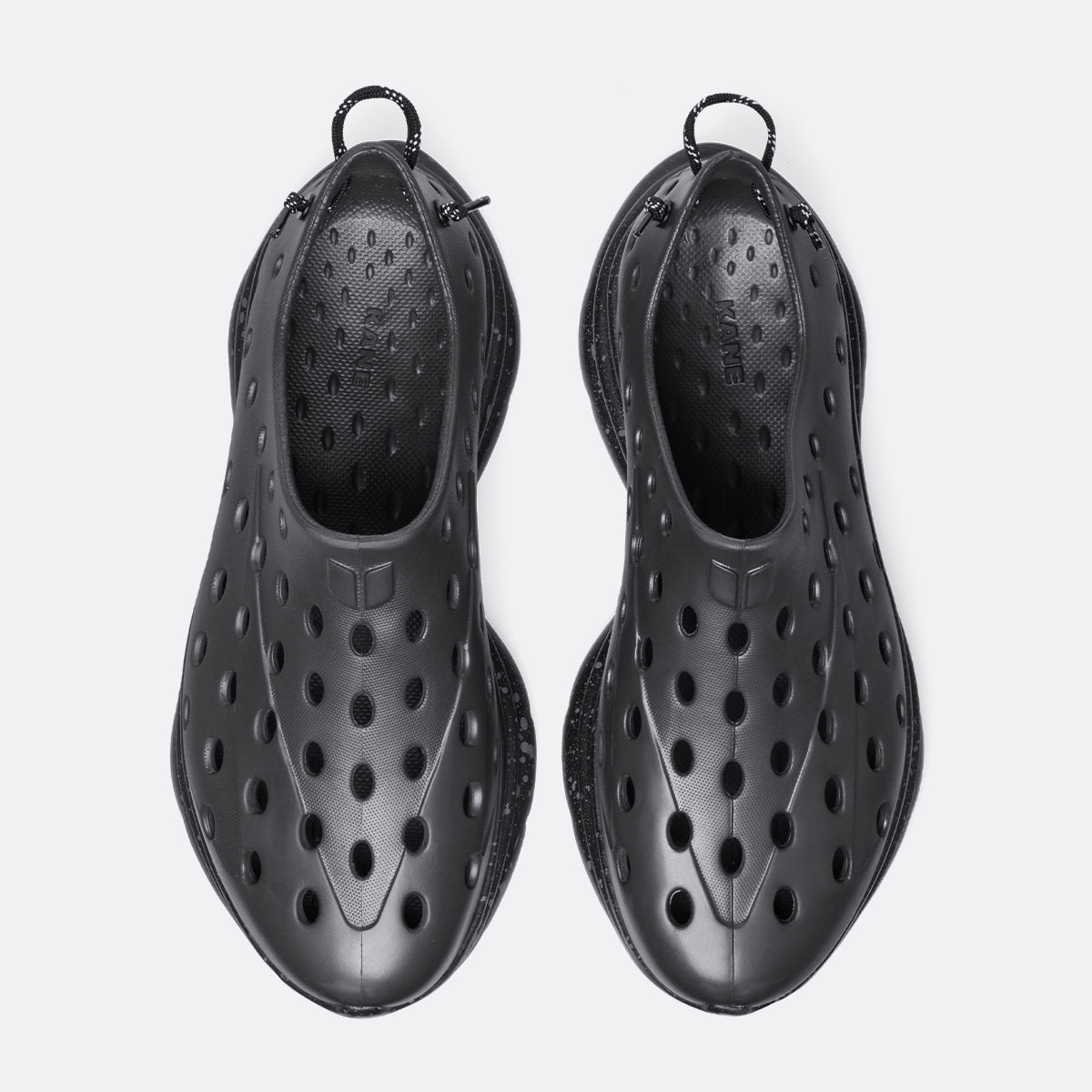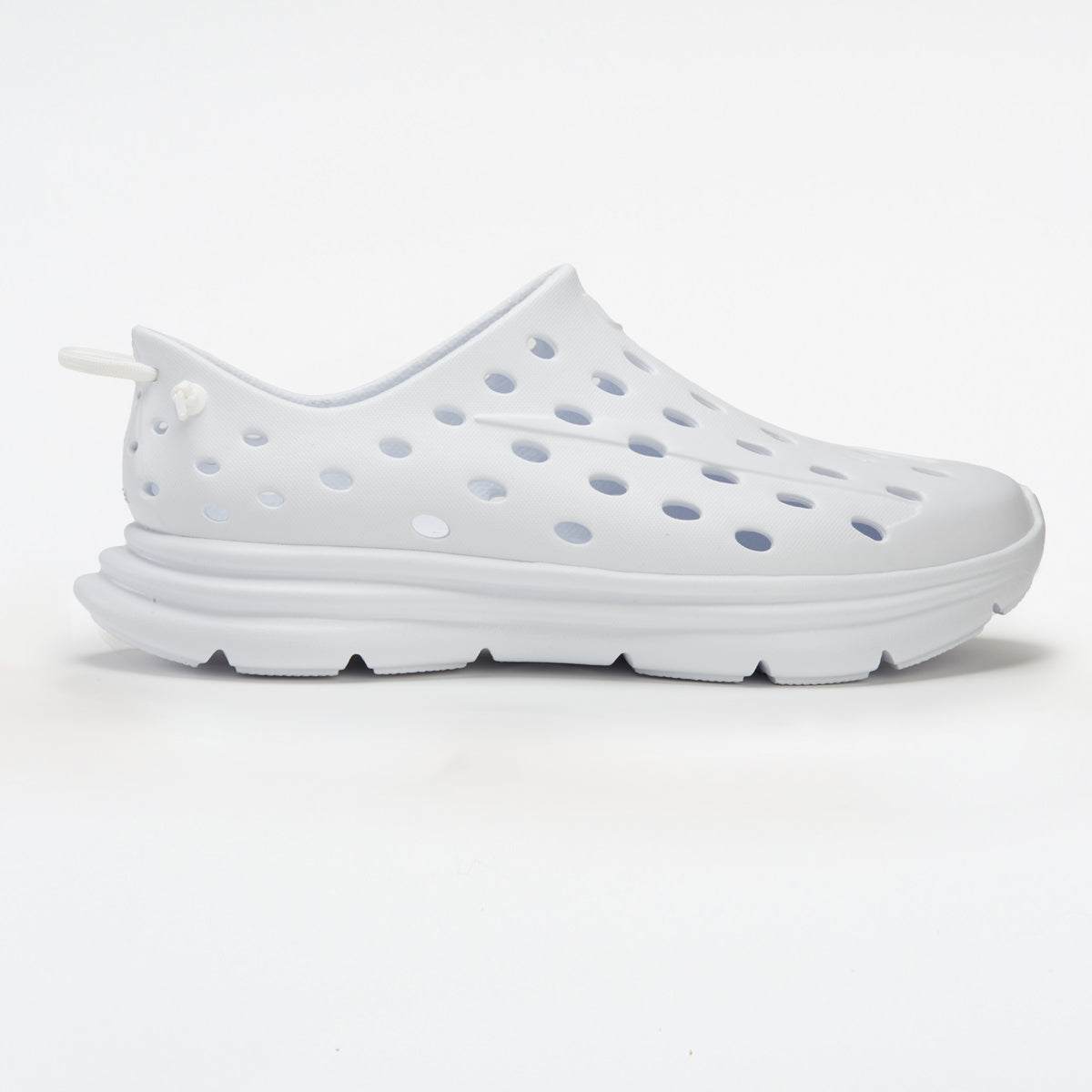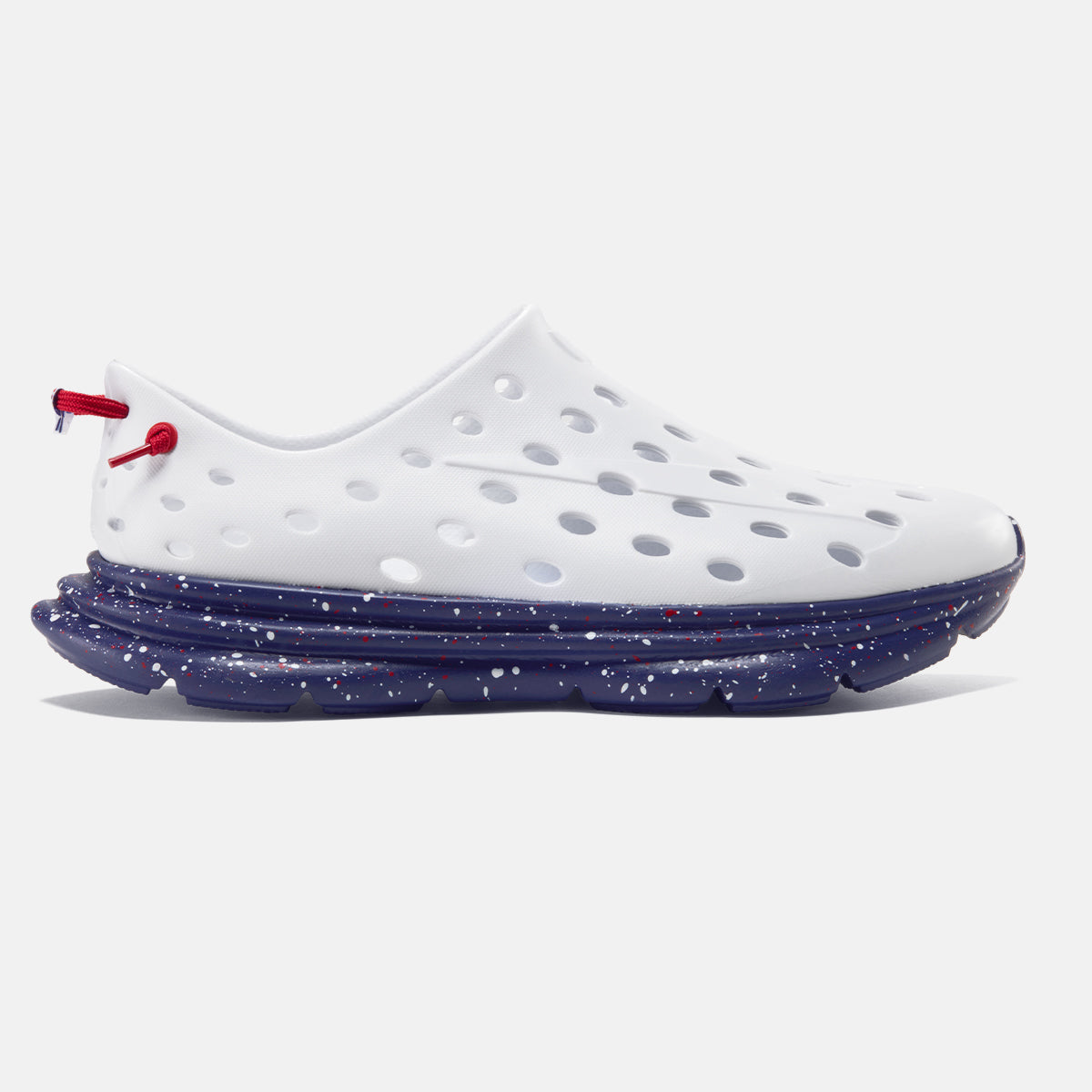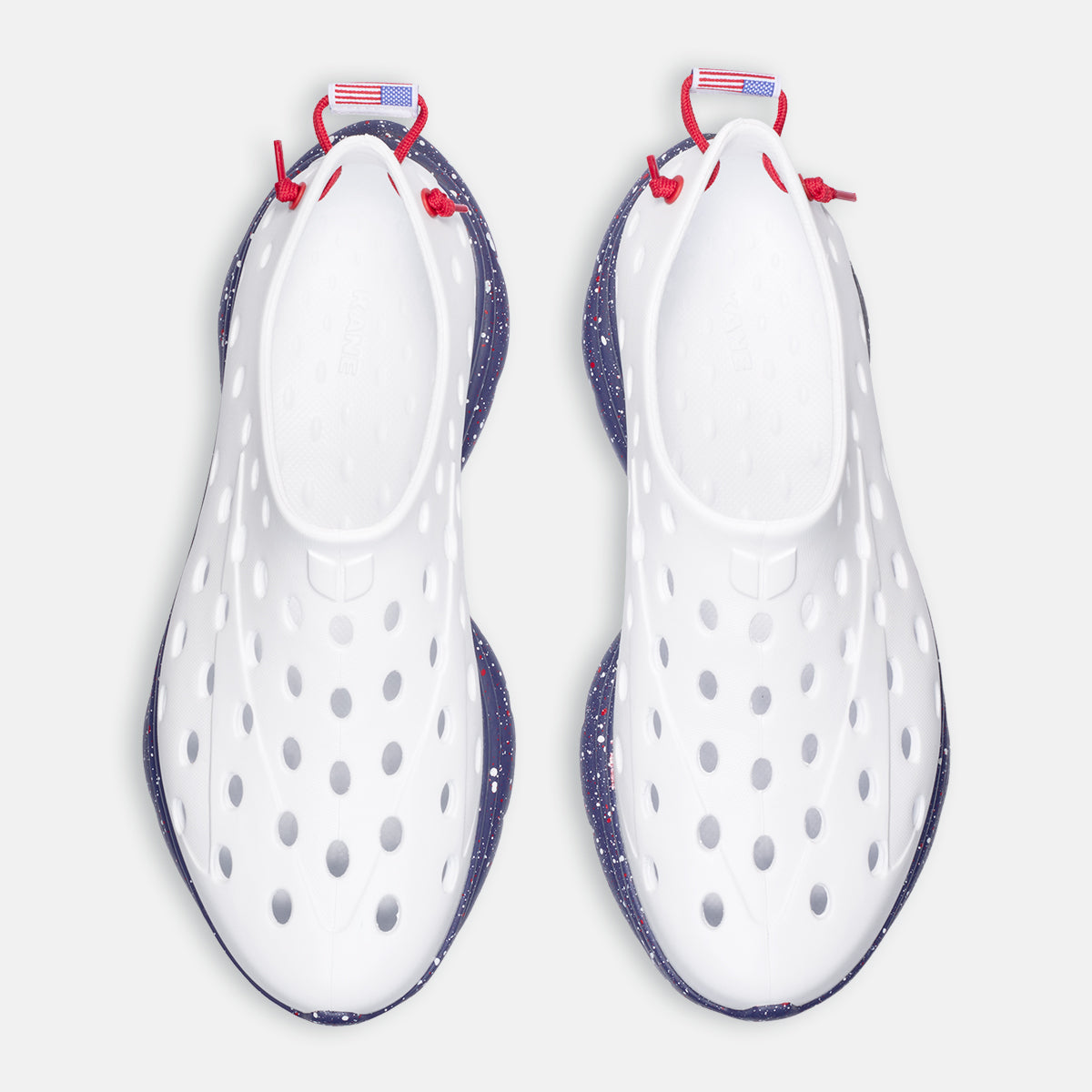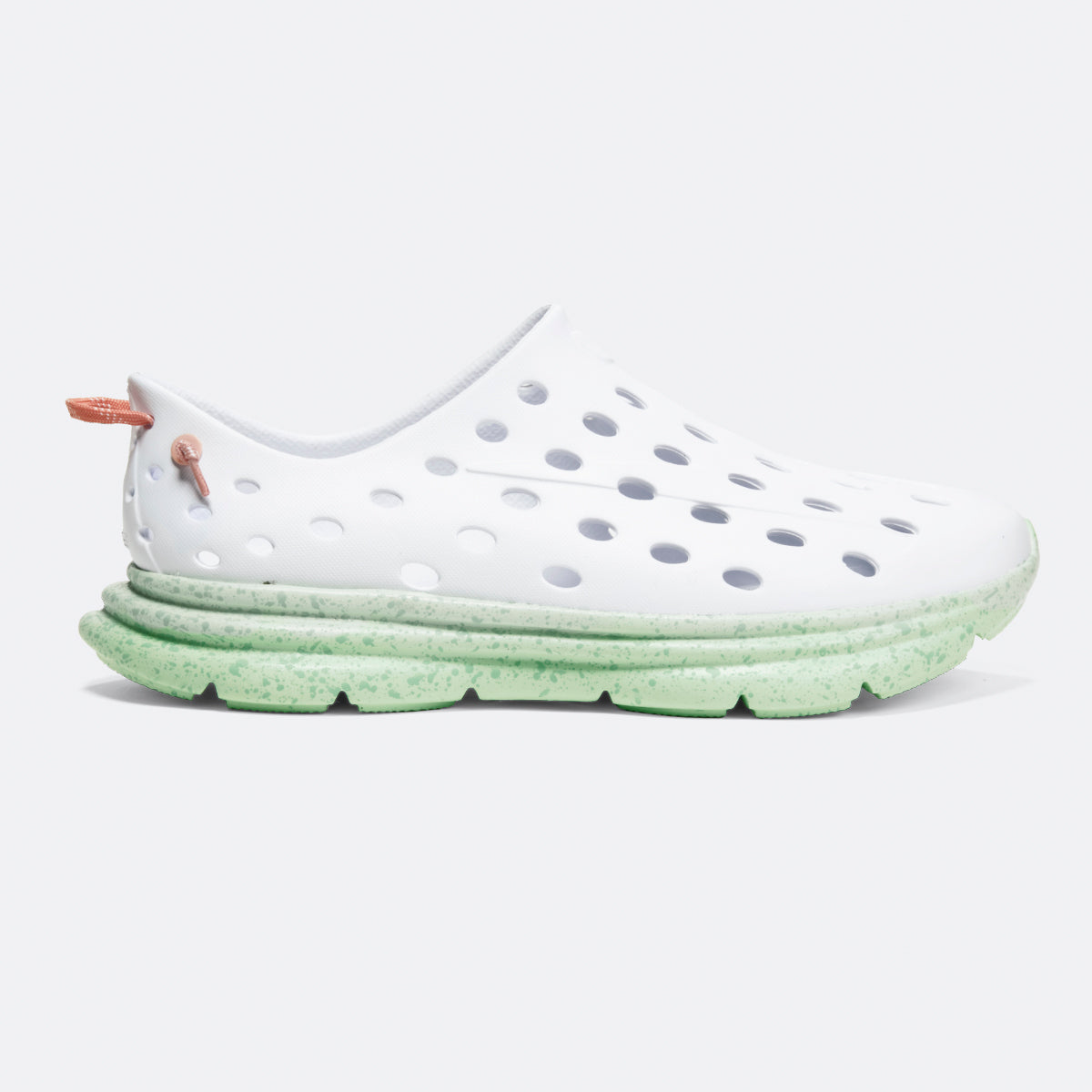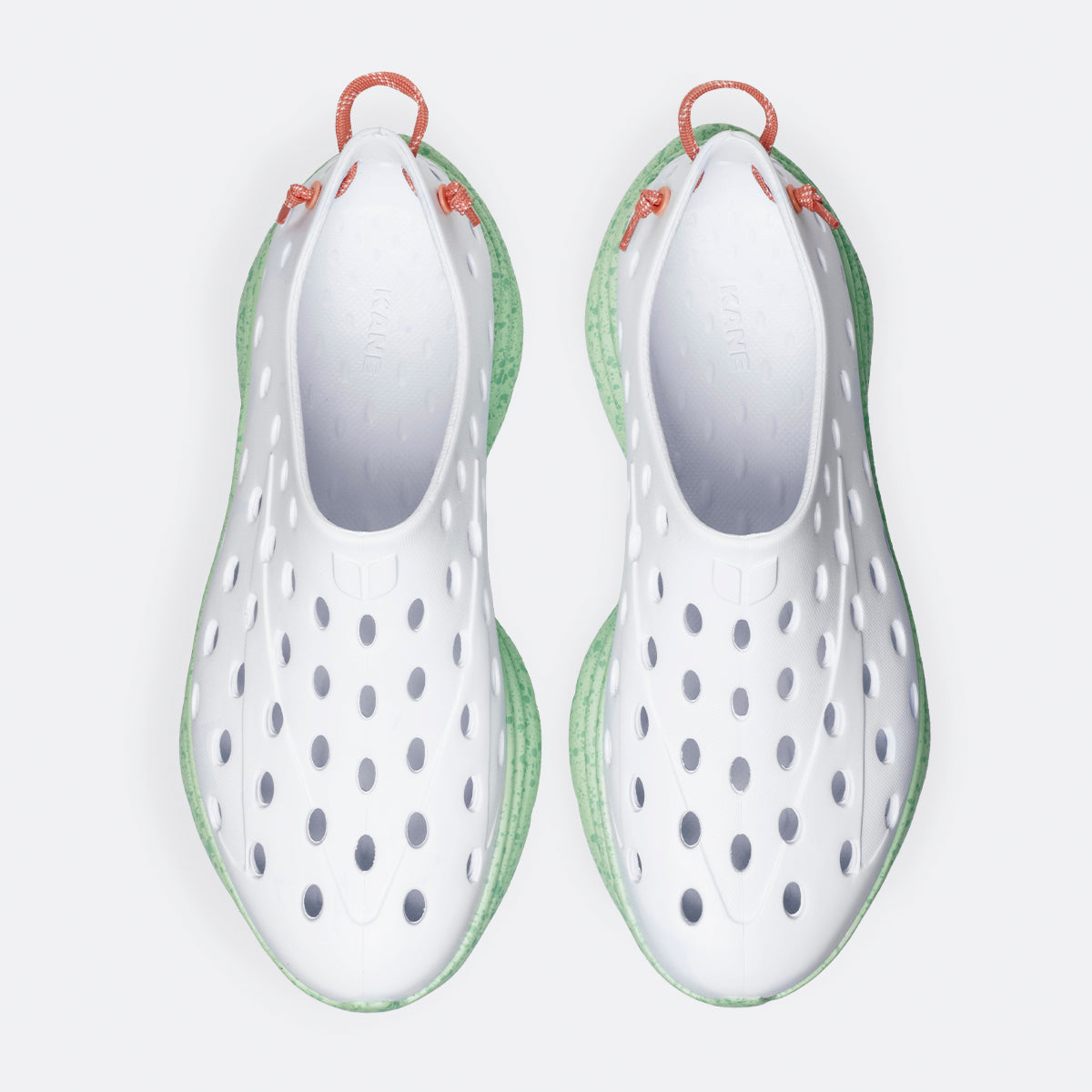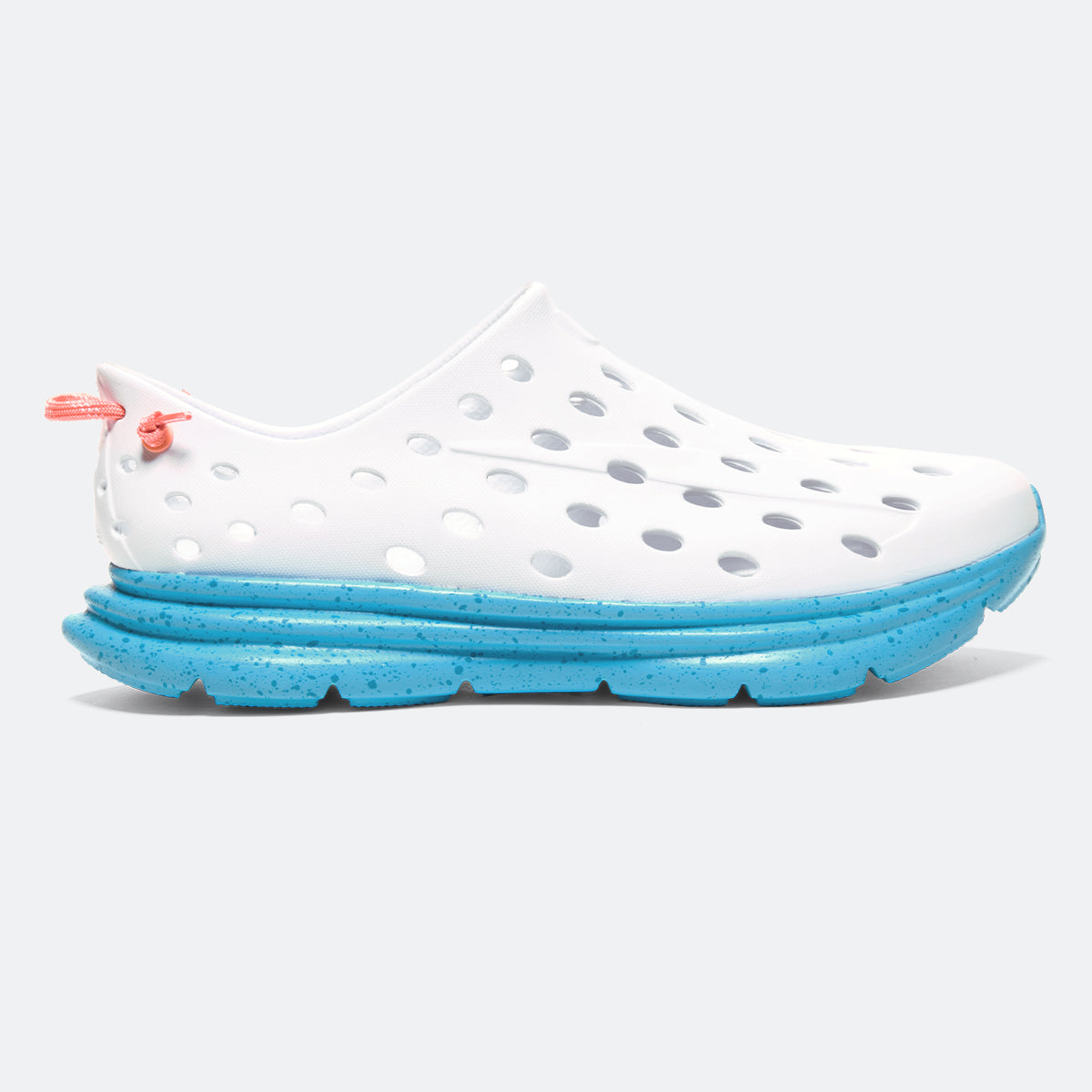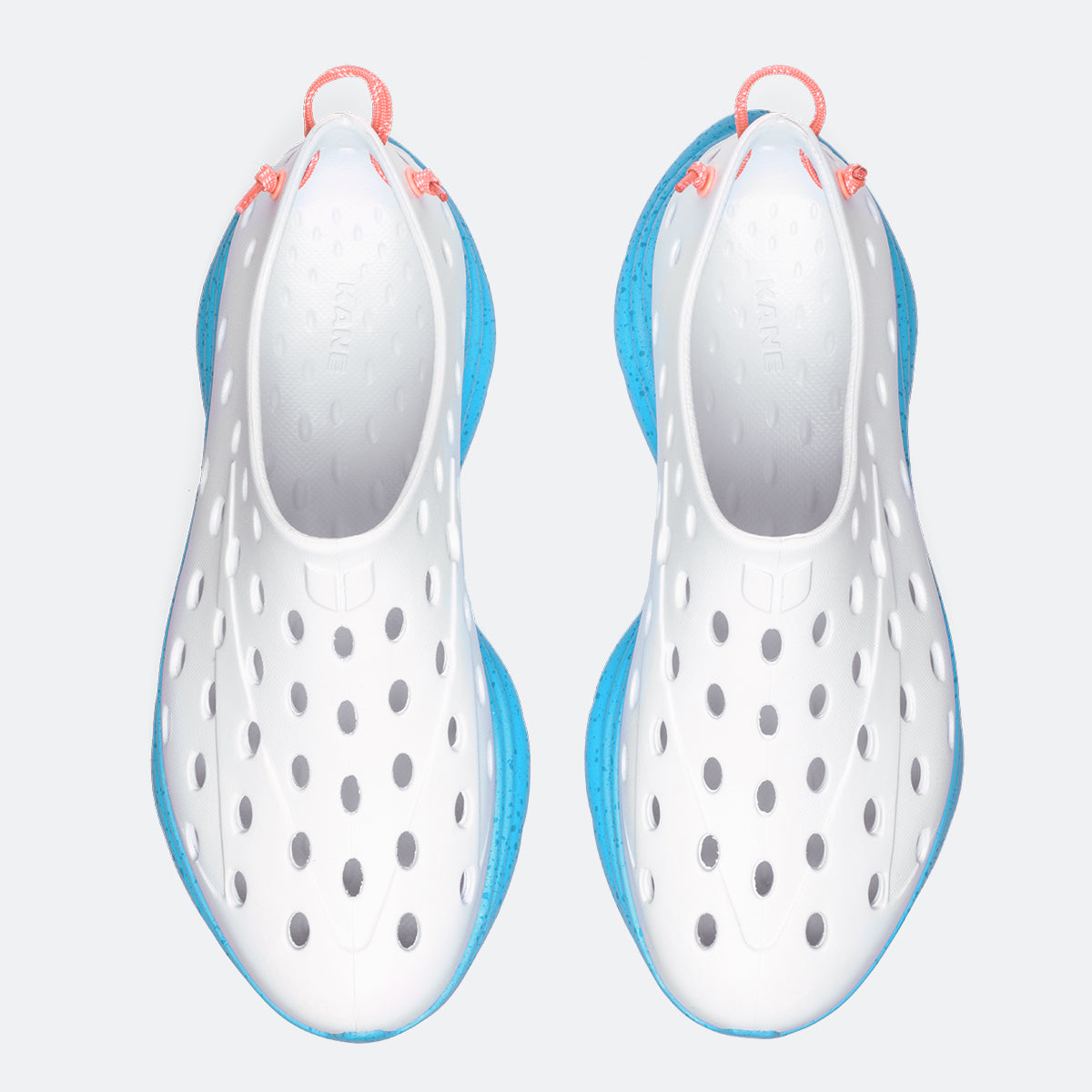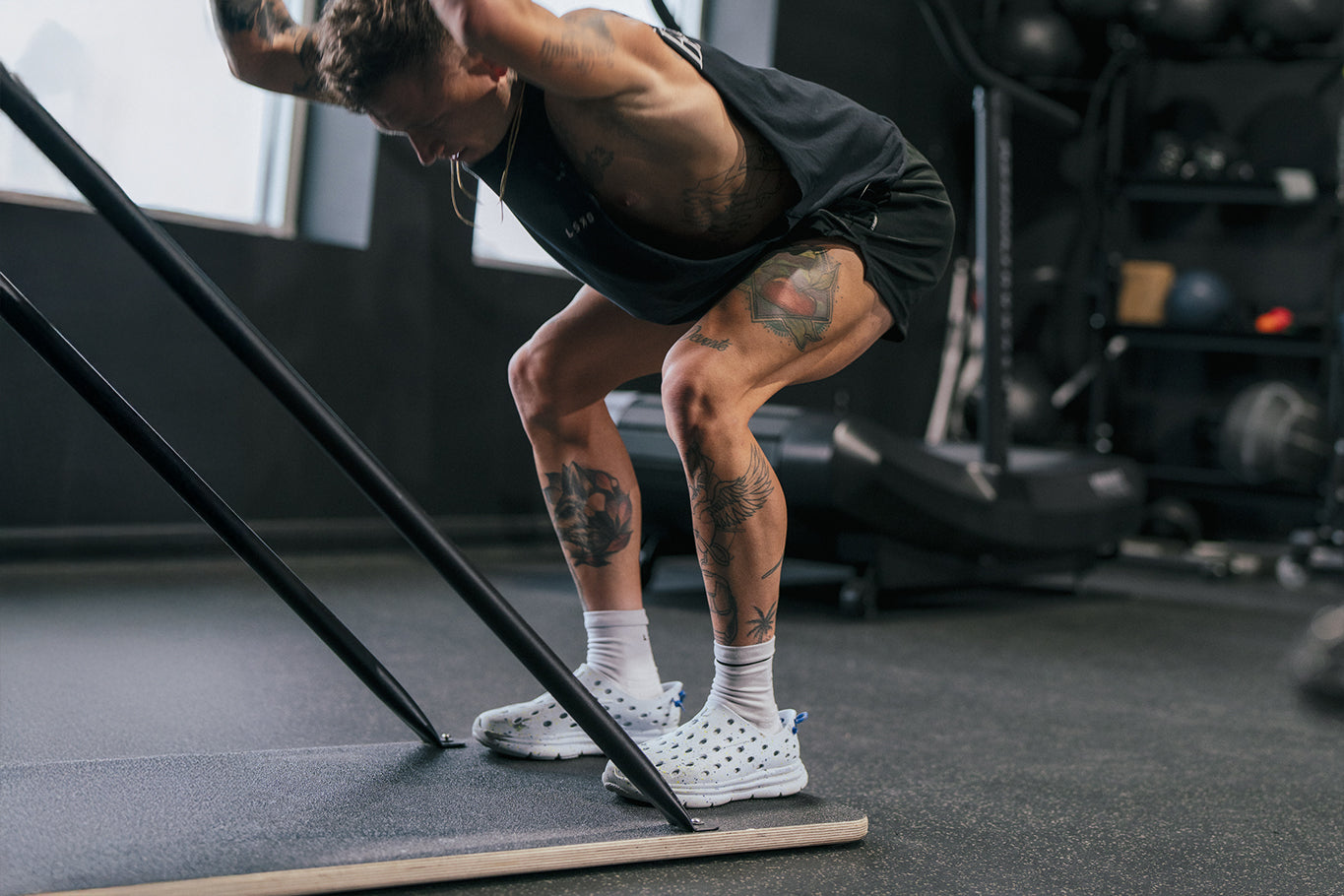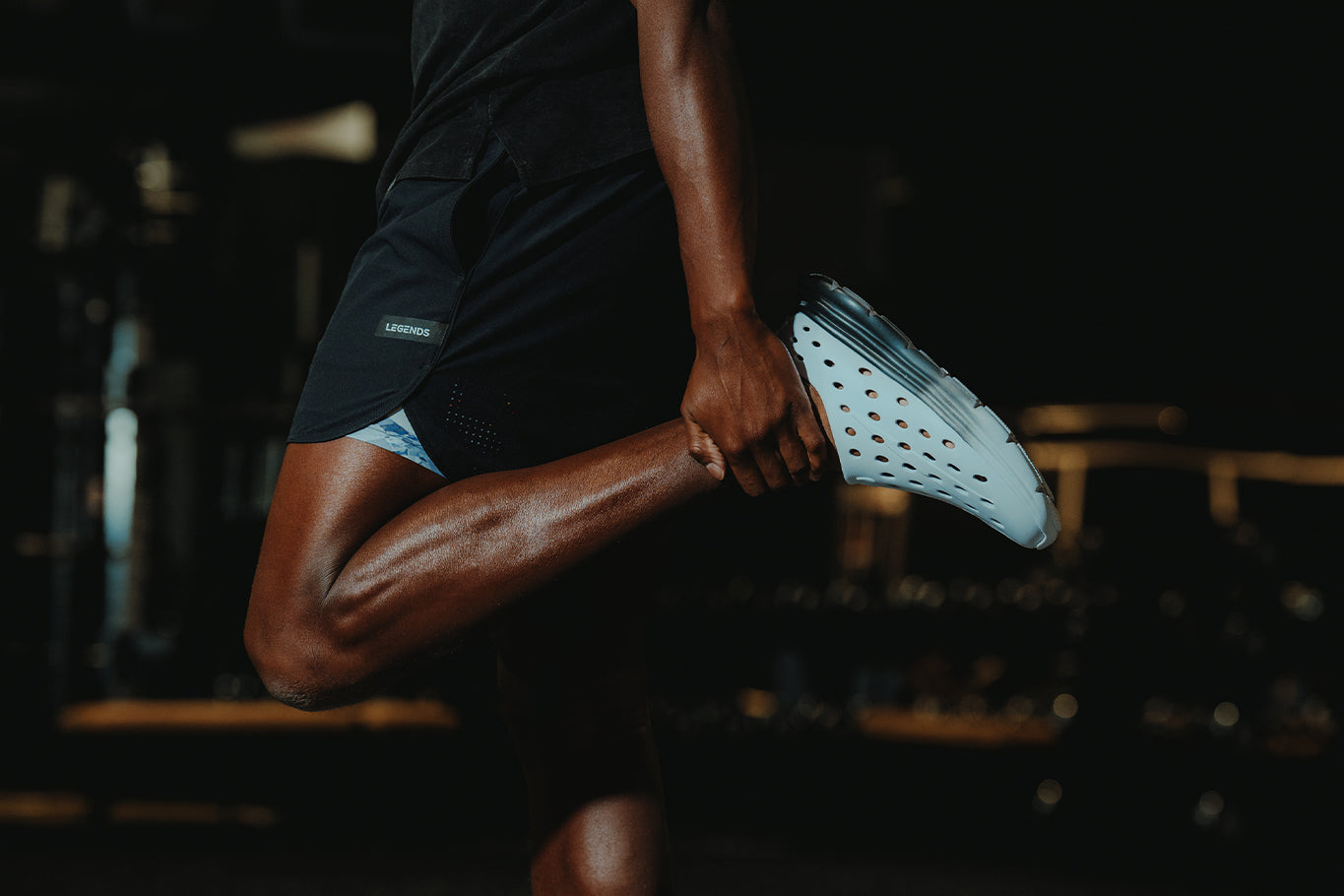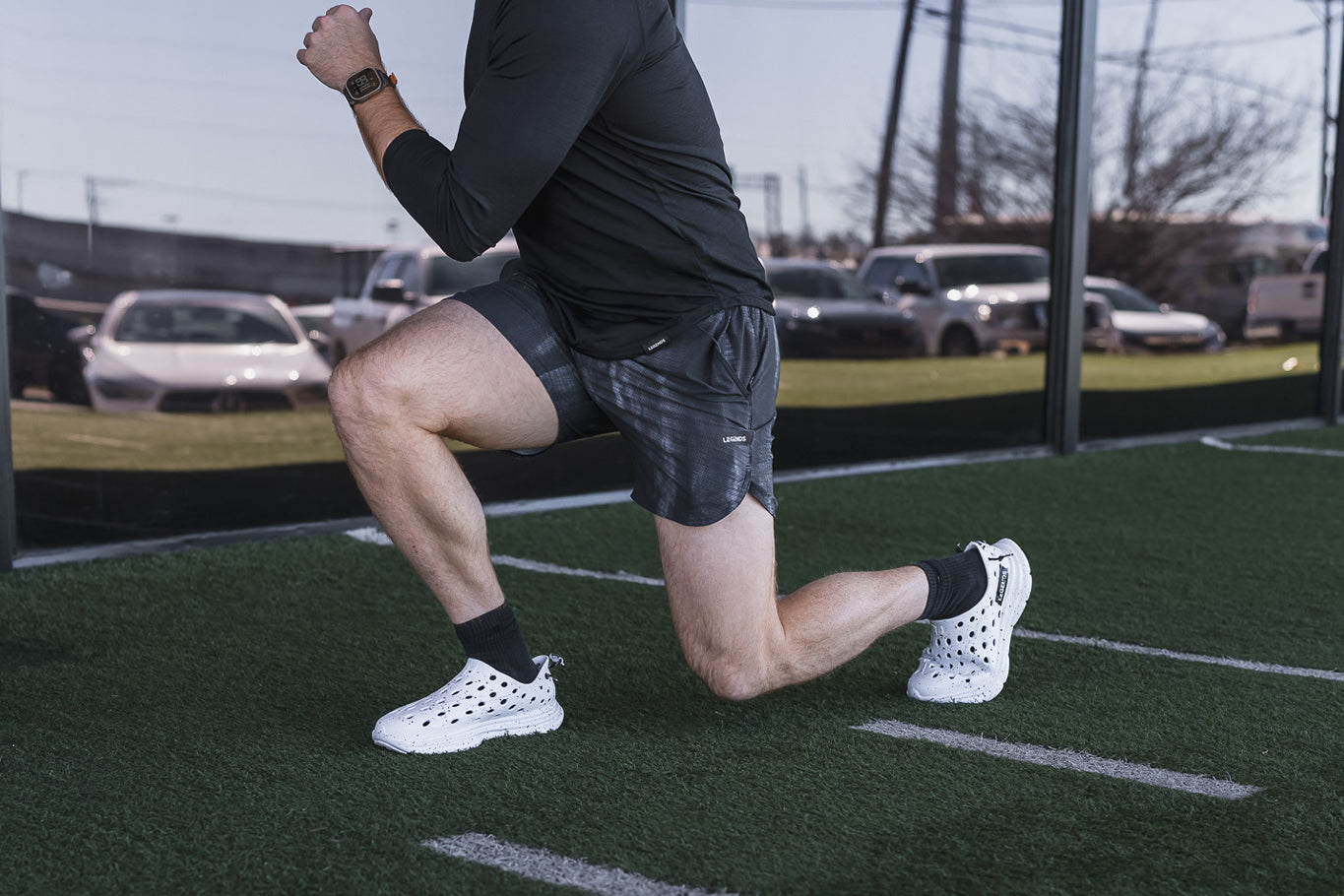Running on a full stomach can feel like a recipe for discomfort. That heavy, sloshing feeling as you pound the pavement isn't just unpleasant—it can impact your performance and potentially lead to digestive issues. But waiting too long after eating might leave you without enough energy to power through your workout effectively.
Quick answer: How long should I wait to run after eating
The timing between your last bite and first stride matters tremendously for comfort and performance. Most runners should wait three to four hours after consuming a large meal, two to three hours following a small meal, one to two hours after a light snack, and about 30 to 60 minutes after an easily digestible pre-workout snack.
These guidelines help ensure your body has time to digest properly while still having enough energy to fuel your run. The exact timing depends on your digestion, meal composition, and the intensity of your planned workout.
The science behind digestion and blood flow
When you eat, your digestive system jumps into action, requiring significant resources from your body. Your stomach and internal organs receive increased blood flow to process food efficiently, converting it into usable energy. This complex digestion process requires considerable effort from your body—an effort that might otherwise fuel your run.
During running, your body redistributes blood flow to your large working muscles—particularly your legs—to provide oxygen and fuel. This shift directs blood flow away from digestive organs, which can slow digestion and cause discomfort.
This competition for blood flow explains why timing matters. Running too soon after eating means your body is trying to do two demanding tasks simultaneously:
- Digest food in your stomach and internal organs
- Supply more blood flow to large muscle groups for running
This conflict can lead to stomach cramps, gastrointestinal discomfort, feeling sluggish during your run, exercise-induced vomiting in extreme cases, and reduced running performance.
Factors that influence how long to wait
The waiting period between eating and running isn't one-size-fits-all. Multiple factors affect how quickly your body processes food and prepares for exercise. Understanding these variables can help you decide when to lace up after a meal.
Meal size matters
The volume of food in your digestive tract significantly impacts how long you should wait before running. Larger meals require more time and energy to break down, while smaller portions process more quickly. Your stomach needs sufficient time to empty before vigorous activity to prevent discomfort.
The larger your meal, the longer you'll need to wait. A large or full meal typically requires three to four hours, while a small one needs one to two. A light snack may need 30 to 60 minutes, and a pre-workout snack designed for quick digestion can be consumed 30 to 60 minutes before exercise.
Your body needs significantly more time to process a large meal than a small snack, which makes meal size one of the most important considerations.
Food composition and high-fiber foods
What's on your plate matters as much as how much you've eaten. Different macronutrients digest at varying rates, with carbohydrates generally processing faster than proteins and fats taking the longest. Understanding these digestion timelines helps optimize your pre-run nutrition.
Complex carbohydrates like whole grains and high-fiber foods generally require one to two hours for digestion. Protein-rich foods also need a moderate digestion time, typically one and a half to two hours. Healthy fats have the slowest digestion rate, often needing three to four hours, while simple carbohydrates like a jelly sandwich or pita bread digest faster, usually in 30 minutes to one hour.
High-fiber foods move more slowly through your digestive tract and require extra waiting time. While they're excellent for overall health, timing them correctly before runs is essential.
Individual variables
Every runner's digestive system operates on its own timeline. Your personal biology, health history, and even stress levels can all influence how quickly food moves through your system. What works perfectly for your running partner might cause significant discomfort for you.
Factors affecting your wait time include metabolism speed, stress levels, hydration status (proper water intake helps digestion), age, and any existing digestive issues.
General guidelines: From large meals to light snacks
Knowing how long to wait after different types of meals provides a practical framework for planning your runs. While individual needs vary, these timeframes offer reliable starting points for most runners. They balance the need for proper digestion with maintaining adequate energy levels for performance.
After eating a large meal

Wait three to four hours after a large meal before running. This could include:
- Large breakfast with eggs, toast, and fruit
- Full lunch with sandwich, sides, and drink
- Complete dinner with protein, vegetables, and grains
A big meal requires significant digestive work. Your full stomach needs time to empty, and the digestion process must progress far enough that blood can be safely redirected to your running muscles without causing stomach aches or digestive issues.
After a moderate meal
Wait one to two hours after a moderate meal. This might include:
- Sandwich and fruit
- Bowl of pasta with light sauce
- Protein shake with banana
This wait provides enough time to digest the bulk of the food while ensuring you'll have enough energy available for your workout.
After a light snack
Wait one to two hours after a small snack like:
- Half a banana
- Small yogurt
- Energy bar
- Apple with a small amount of nut butter
These quick-digesting options provide energy without excessive digestion time, making them ideal pre-run fuel choices when you don't have hours to wait.
For easily digestible pre-workout snacks, waiting 30 to 60 minutes may be sufficient.
Strategic timing for different types of runs
Your running schedule often dictates your eating patterns, not the other way around. Morning runners face different nutritional challenges than evening exercisers, while mid-day workouts require their own approach. Understanding how to navigate meal timing throughout the day helps maintain performance and comfort.
Morning runs: To eat or not to eat?
Many runners prefer to run in the morning on an empty stomach. If you choose this approach:
- Benefits include potential fat adaptation and less worry about digestive issues.
- Drawbacks include potentially lower energy levels and performance.
If you need to eat before a run in the morning:
- Wake up early enough to allow proper digestion time.
- Choose a small, easily digestible carbohydrate source like half a banana or toast.
- Wait 30 to 60 minutes before starting an easy run, one to two hours for intense workouts.
Afternoon runs: Timing around lunch
For afternoon runners, lunch timing becomes critical:
- Eat a balanced lunch one to two hours before your planned run time.
- If running immediately after work, consider a small snack one to two hours before instead of a large lunch right before.
Evening run considerations
Evening runs often follow a full day of eating:
- Finish dinner at least three to four hours before heading out.
- If running soon after work but before dinner, have a small snack one to two hours before to provide energy without weighing you down.
Foods to avoid before running
Not all pre-run foods are created equal. Certain items are notorious for causing digestive distress during exercise, even when you follow proper timing guidelines. Understanding which foods can be problematic helps you make smarter pre-run nutrition choices.
Some foods are more likely to cause gastrointestinal discomfort during runs, regardless of timing. Fried or greasy foods high in fat often sit in the stomach. Spicy foods might trigger heartburn during running. High-fiber foods like beans or certain vegetables can cause gas and bloating, especially for those with sensitive stomachs. Many runners also find that large amounts of dairy and carbonated beverages can lead to discomfort during exercise.
Even healthy foods can cause issues if consumed too close to running. Many registered dietitians recommend simple, easily digestible carbohydrates as the safest pre-run fuel options.
Recovery nutrition: What to eat after running
Post-run nutrition timing proves equally important as pre-run meal planning. The period immediately following exercise presents a unique opportunity to jumpstart recovery processes through strategic eating. Understanding this recovery window helps optimize training adaptations.
Just as pre-run nutrition timing matters, post-run nutrition is equally important. The ideal post-run window for nutrition is within 30-60 minutes after finishing. During this period, you're primed to replenish lost glycogen stores, protein synthesis for muscle repair is enhanced, and recovery processes are accelerated.
A balanced post-run meal or snack should include carbohydrates to restore glycogen, protein for muscle repair, and fluids and electrolytes for rehydration.
Supporting recovery beyond nutrition
Proper recovery extends beyond just what you eat after running. A holistic approach includes various recovery tools that complement nutritional strategies. Together, these elements create a comprehensive recovery protocol that prepares you for your next workout.
Discover Kane Recovery Shoes!
After timing your nutrition perfectly, don't overlook the importance of physical recovery tools. Just as your body needs nutritional support after running, your feet and legs benefit from proper recovery footwear.
Kane's recovery shoes provide excellent support, comfort, and durability for those in need of top-notch recuperative footwear. Featuring an adjustable hook-and-loop single-strap synthetic upper, plush TPR footbed, and durable injected EVA outsole, these kicks come with all the right features to assist you during your rehabilitation journey.
Aside from providing quality products, they are also committed to sustainability. They have become a Certified B Corporation while dedicating 1% of their overall profits to environmental charities.
When and how to wear Kane Revive
The best time to wear most recovery shoes is directly after strenuous activities such as running or exercising. This helps minimize inflammation and launch the healing process. To guarantee maximum comfort and effective recuperation, ensure you are wearing your footwear correctly by tying up laces securely for a snug fit around your feet.
Finding your balance
The general guidelines offer excellent starting points, but nothing replaces personal experience. Try different timing strategies and keep track of how you feel during runs.
Remember these key principles:
- Larger meals require longer waiting periods.
- Simple carbohydrates digest faster than protein or fat.
- Individual differences mean you might need to adjust standard recommendations.
- Hydration affects digestion speed and efficiency.
- Your body will give clear signals if you haven't waited long enough.
By paying attention to how food timing affects your running experience, you'll develop a sense of your body's needs. This personalized approach ultimately leads to more comfortable runs, better performance, and a more enjoyable running experience.
Whether heading out for morning runs before breakfast or squeezing in miles after work, the right timing strategy ensures your body has enough energy to perform and enough digestive comfort to enjoy the process.
Frequently asked questions
Can I run 30 minutes after eating?
Running 30 minutes after eating depends entirely on what and how much you've consumed. Wait three to four hours before running for large meals to avoid stomach cramps and digestive distress. Small, easily digestible snacks like half a banana or toast with honey may require 30 to 60 minutes of waiting, especially before light exercise.
Your personal digestion speed matters significantly. Pay attention to feelings of fullness or heaviness, indicating you should wait longer. Consider run intensity, too. Gentle jogs might be tolerable sooner than hard workouts that divert blood flow from your digestive system.
Trust your body's signals and adjust timing based on your experiences. After experimenting with different approaches, most runners intuitively understand their optimal pre-run waiting periods.
Can I run on a full stomach?
Running on a full stomach creates a competition for resources within your body. When you eat, blood flow is directed to your digestive organs to process food. During running, your body redirects blood flow to your large muscle groups. This conflicting demand creates a physiological challenge, often resulting in decreased performance and uncomfortable symptoms.
Many runners experience cramping, nausea, or gastrointestinal distress when running too soon after eating. The bouncing motion aggravates these issues by jostling your stomach contents while they're still being digested.
For comfortable, effective running, wait three to four hours after consuming a large meal. Smaller, carbohydrate-focused snacks generally need one to two hours of digestion before you lace up your running shoe.
Can I eat 10 minutes before a run?
Eating just 10 minutes before running gives your body almost no time to begin digestion. This extremely short window between eating and exercise isn't ideal for most runners, particularly if you're consuming anything substantial.
If you're pressed for time and need quick energy, stick with small, fast-digesting carbohydrate sources like half a banana, a few crackers, or a small piece of fruit. These simple carbohydrates can boost energy without overwhelming your digestive system.
For most runners, waiting at least 30 to 60 minutes after a small snack allows for initial digestion and reduces the risk of experiencing that uncomfortable "food sloshing" sensation during your run.
No content on this site should ever be used as a substitute for direct medical advice from your doctor or other qualified clinicians.





